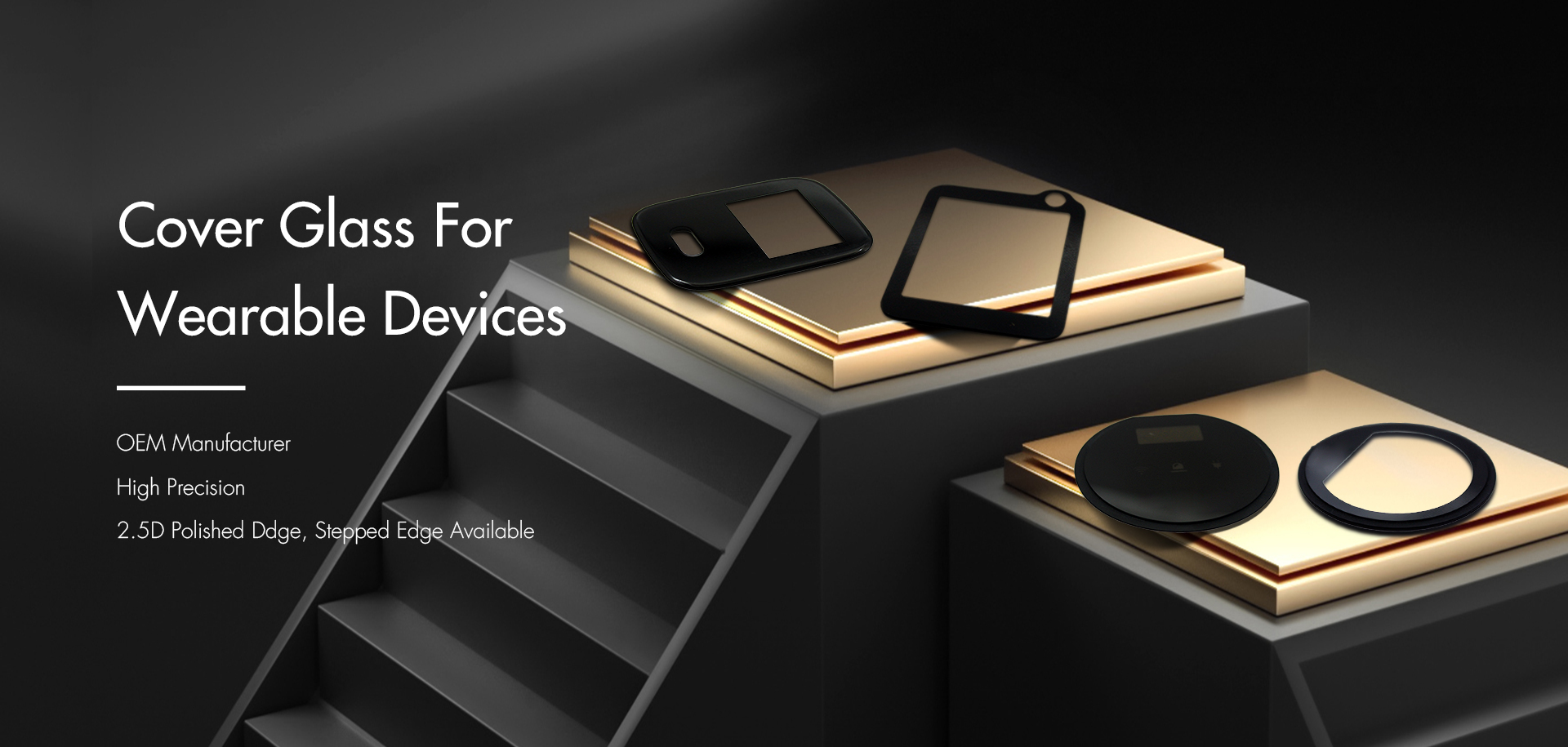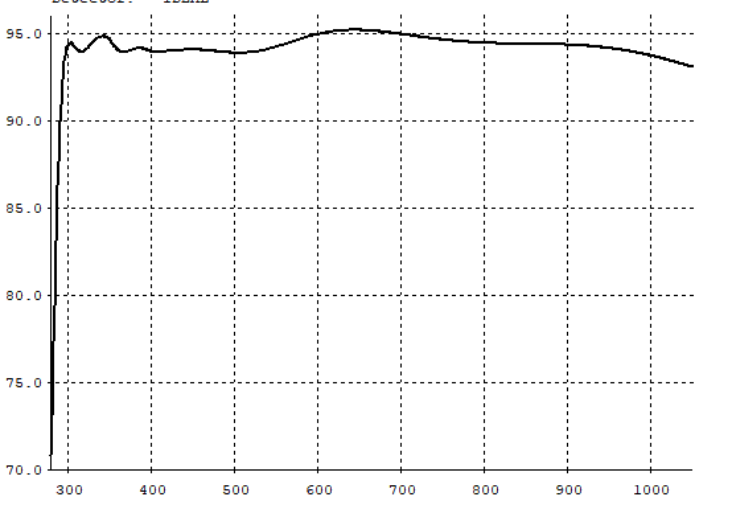AR coating, also known as low-reflection coating, is a special treatment process on the glass surface. The principle is to perform single-sided or double-sided processing on the glass surface to make it have a lower reflectance than ordinary glass, and reduce the reflectivity of light to less than 1%. The interference effect produced by different optical material layers is used to eliminate incident light and reflected light, thereby improving transmittance.
AR glass mainly used for display device protection screens such as LCD TVs, PDP TVs, laptops, desktop computers, outdoor display screens, cameras, display kitchen window glass, military display panels and other functional glass.
Commonly used coating methods are divided into PVD or CVD processes.
PVD: Physical Vapor Deposition (PVD), also known as physical vapor deposition technology, is a thin coating preparation technology that uses physical methods to precipitate and accumulate materials on the surface of an object under vacuum conditions. This coating technology is mainly divided into three types: vacuum sputtering coating, vacuum ion plating, and vacuum evaporation coating. It can meet the coating needs of substrates including plastics, glass, metals, films, ceramics, etc.
CVD: Chemical Vapor Evaporation (CVD) is also called chemical vapor deposition, which refers to the gas phase reaction at high temperature, the thermal decomposition of metal halides, organic metals, hydrocarbons, etc., hydrogen reduction or the method of causing its mixed gas to react chemically at high temperature to precipitate inorganic materials such as metals, oxides, and carbides. It is widely used in the production of heat-resistant material layers, high-purity metals, and semiconductor thin films.
Coating structure:
A. Single-sided AR (double-layer) GLASS\TIO2\SIO2
B. Double-sided AR (four-layer) SIO2\TIO2\GLASS\TIO2\SIO2
C. Multi-layer AR (customization according to customer requirements)
D. The transmittance is increased from about 88% of ordinary glass to more than 95% (up to 99.5%, which is also related to thickness and material selection).
E. The reflectivity is reduced from 8% of ordinary glass to less than 2% (up to 0.2%), effectively reducing the defect of whitening the picture due to strong light from behind, and enjoying clearer image quality
F. Ultraviolet spectrum transmittance
G. Excellent scratch resistance, hardness >= 7H
H. Excellent environmental resistance, after acid resistance, alkali resistance, solvent resistance, temperature cycle, high temperature and other tests, the coating layer has no obvious changes
I. Processing specifications: 1200mm x1700mm thickness: 1.1mm-12mm
The transmittance is improved, usually in the visible light band range. In addition to 380-780nm, Saida Glass Company can also customize high-transmittance at Ultraviolet range and high-transmittance at Infrared range to meet your various needs. Welcome to send inquiries for quick response.
Post time: Jul-18-2024











